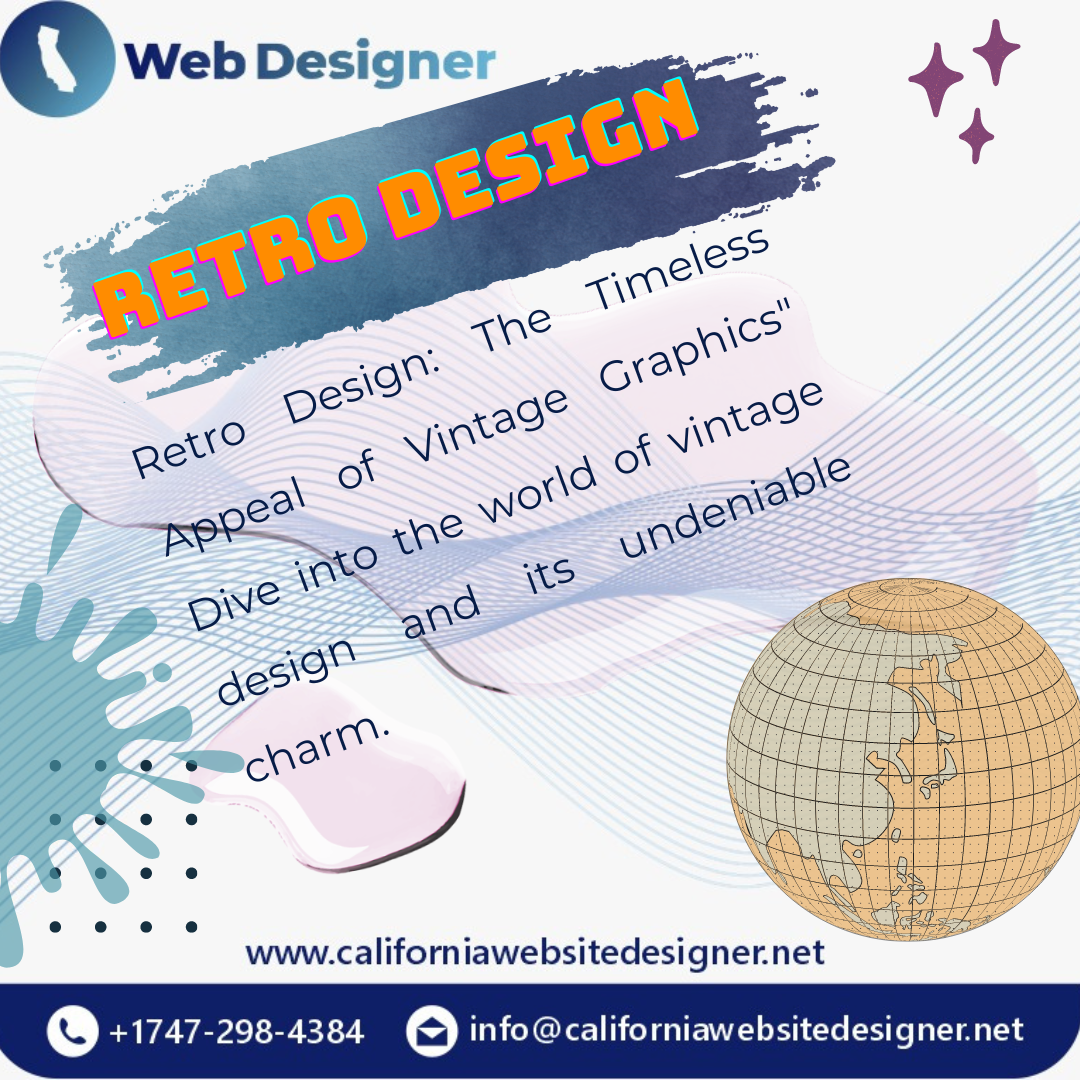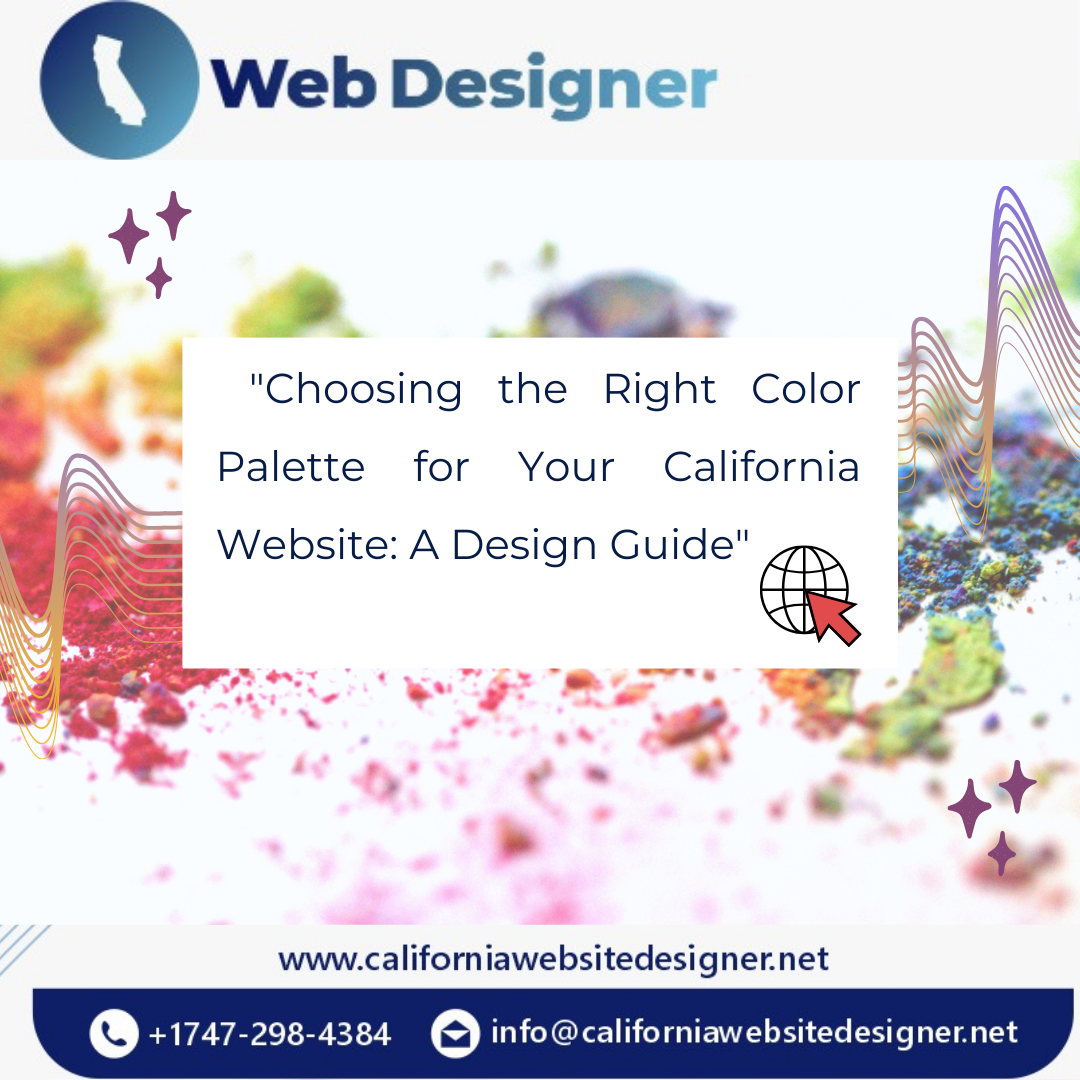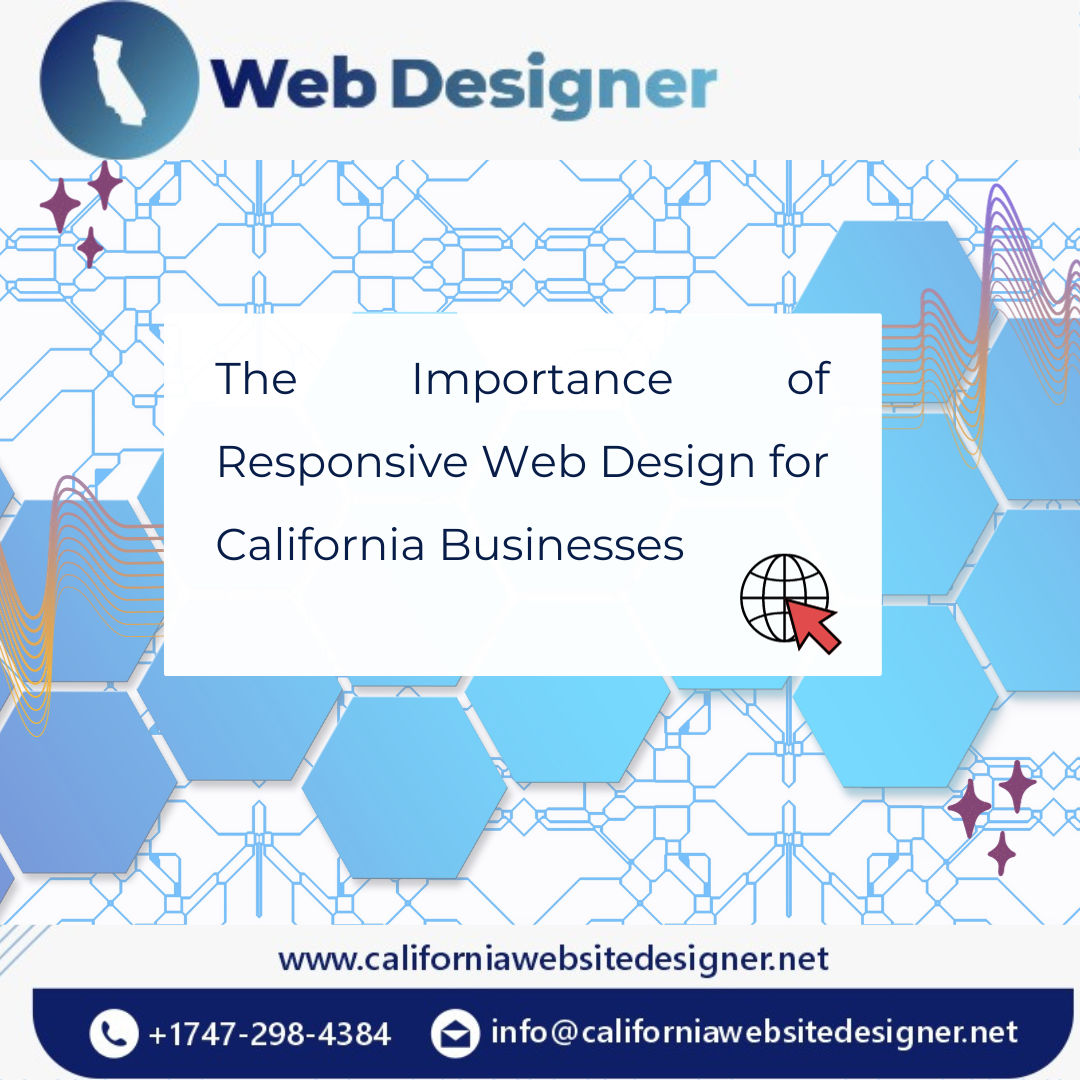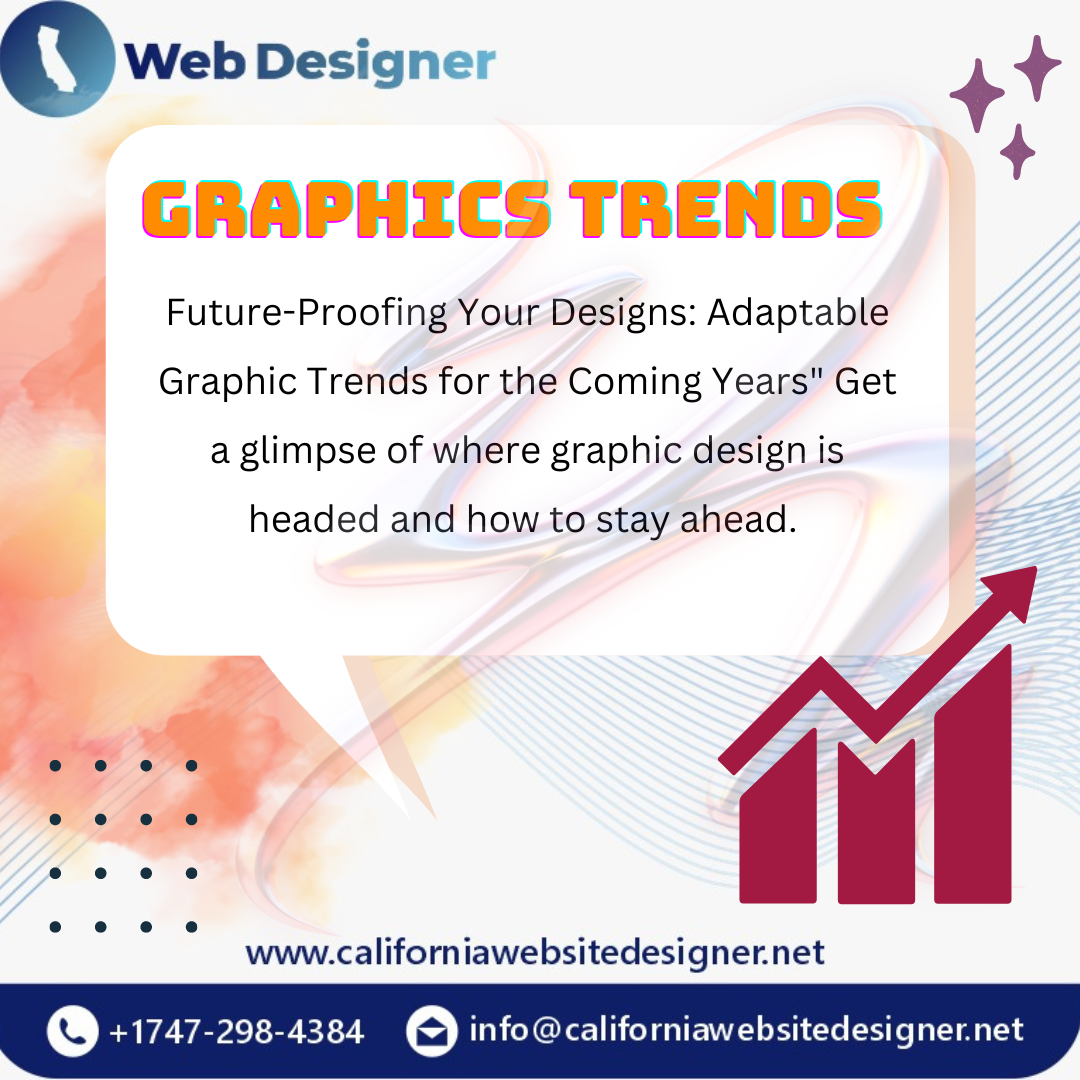Retro Design: In the ever-evolving panorama of design, one fashion stands the test of time: retro design. It’s now not most effective as a nostalgic experience down memory lane; it’s a testament to the long-lasting attraction of antique snapshots. Let’s delve into the enchanting world of retro design and find the elements that make it a timeless tradition, exploring the impossible-to-resist allure of vintage graphics. Picture an adventure in which hues, shapes, and styles converge to create a visual symphony that transcends generations. It’s not merely about the past; it’s about the universal charm that vintage graphics bring to the forefront of design evolution.
A Journey through Time
Retro design acts as a magical time machine, transporting us to bygone eras that have shaped the visual landscape. It’s more than a mere look backward; it’s a celebration of the ingenuity and creativity that defined each period. Let’s embark on a journey through time, exploring the unique aesthetics of different decades.
The 1960s: Vibrant Hues and Cultural Revolution
The 1960s was a decade of change, marked by vibrant hues and a cultural revolution that swept the globe. Think psychedelic patterns, bold colors, and a break from the traditional. This era witnessed the rise of iconic figures like The Beatles, and its influence on design was profound. Graphics from the ’60s often feature energetic, eye-catching color combinations, reflecting the spirit of a generation breaking free from conventions.
The Yellow Submarine Album Cover
An epitome of 1960s graphic design, The Beatles’ “Yellow Submarine” album cover is a kaleidoscope of colors and playful imagery. Designed by Heinz Edelman, it captures the whimsical and free-spirited nature of the era. The bold use of colors and imaginative illustrations make it a timeless piece of vintage graphic art.
The 1980s: Bold Patterns and Technological Boom
Fast forward to the 1980s, an era synonymous with bold patterns, neon lights, and the boom of technology. Graphic design in the ’80s reflected the rapid advancements in computer technology, giving birth to futuristic aesthetics. Geometric shapes, neon colors, and a sense of excess defined this era’s visual language.
Memphis Design Movement
The Memphis Design Movement, led by Ettore Sottsass, was a hallmark of 1980s design. Characterized by vibrant colors, asymmetrical shapes, and a rejection of traditional design principles, it became an influential force in graphics, interiors, and fashion. The movement’s impact is still felt today, with its bold and unconventional style continuing to inspire.
The Artistry of Vintage Graphics: Allure of Vintage Graphics Unveiled
At the core of retro design lies the unparalleled allure of vintage graphics. These visual elements, marked by simplicity, bold colors, and iconic imagery, possess a unique ability to evoke emotions and spark nostalgia. The deliberate choices of limited color palettes and distinctive typography create a visual language that transcends time, speaking to people across generations.
Simplicity Speaks Volumes
Vintage graphics excel at simplicity. The clean lines and uncluttered compositions draw attention to the essence of the design. Whether it’s a logo, poster, or packaging, simplicity allows the viewer to connect with the message instantly. In a world filled with visual noise, the simplicity of vintage graphics becomes a powerful tool for communication.
Bold Colors that Stand the Test of Time
The bold color choices in vintage graphics contribute significantly to their enduring appeal. From the vibrant reds of classic Coca-Cola ads to the muted pastels of 1950s diners, each color palette tells a story. The deliberate use of bold colors not only catches the eye but also imprints the design in the viewer’s memory, creating a lasting impression.
Iconic Imagery: A Visual Language of Nostalgia
Iconic imagery is the heartbeat of vintage graphics. Whether it’s the silhouette of Marilyn Monroe in Andy Warhol’s pop art or the timeless Coca-Cola bottle shape, these images become ingrained in our cultural consciousness. They serve as visual cues that instantly transport us to a specific era, triggering emotions and a sense of connection to the past.
In unraveling the attraction of vintage graphics, it’s clear that simplicity, bold shades, and iconic imagery work in harmony to create a visual language that stands the test of time. From the groovy ’60s to the neon-soaked ’80s, the artistry of vintage photos keeps captivating and inspiring, transcending the boundaries of age and subculture.

Crafting Timeless Visual Identity
Why Retro Design Matters
In a world saturated with modernity, embracing retro design offers a unique way to stand out. Businesses and brands are increasingly recognizing the power of vintage graphics to craft a timeless visual identity. It’s not just a trend; it’s a strategic choice to resonate with a broad audience and make a lasting impression.
Standing Out in the Crowd
In the digital age, where every brand vies for attention, retro design has become a powerful tool to cut through the noise. Consider the iconic Coca-Cola logo, a perfect example of how embracing a vintage aesthetic can create a timeless and instantly recognizable visual identity. The classic red script against a white background not only conveys the brand’s heritage but also remains etched in the minds of consumers worldwide.
Evoking Emotions and Memories
Retro design taps into the emotional reservoir of nostalgia. Brands like Nike have successfully used vintage elements in their marketing, bringing back iconic sneaker designs from the ’80s. It not only appeals to the older demographic who remembers the original releases but also introduces a sense of authenticity to younger consumers. By leveraging the emotional connection to the past, Nike has crafted a visual identity that stands the test of time.
Strategic Differentiation
In a sea of sleek and minimalist modern designs, retro elements provide a refreshing contrast. Take Apple’s use of skeuomorphic design in its early software interfaces—the realistic textures and shadows mimicking real-world objects. While Apple has since shifted towards a more minimalist approach, the initial embrace of retro-inspired design elements helped the brand differentiate itself in a competitive market.
The Versatility of Vintage Elements: Allure of Vintage Graphics
One of the key strengths of retro design lies in its versatility. Whether it’s a logo, packaging, or website layout, incorporating vintage elements adds character and charm. The simplicity of vintage graphics makes them adaptable to various mediums, allowing brands to maintain consistency across their visual communication.
Logo Magic
Logos are the face of a brand, and retro design injects personality and history into this crucial element. Consider the Pepsi logo evolution, from a detailed depiction in the ’50s to the simplified and timeless circle design in the ’70s. This shift towards a more retro-inspired logo not only modernized the brand but also retained elements of its iconic past.
Packaging with Panache
In the realm of product packaging, the retro design offers a unique opportunity for storytelling. Brands like Hershey’s have embraced vintage-inspired packaging for their chocolate bars, harking back to the early 20th century. The nostalgic packaging not only stands out on shelves but also communicates a sense of tradition and quality to consumers.
Web Appeal
In the digital era, where websites are the storefronts of businesses, incorporating retro design elements can create a memorable online experience. Take Etsy, the e-commerce platform known for handmade and vintage items. The website’s use of vintage-inspired fonts, color schemes, and illustrations creates a cohesive and charming visual identity that resonates with its target audience.
Implementing Retro Design: Practical Tips
Choosing the Right Era
When embarking on a retro design journey, it’s crucial to navigate the vast landscape of design history and pinpoint the era that seamlessly aligns with the brand’s identity. Each period boasts its visual language, and selecting the one that resonates with the brand’s values ensures authenticity and coherence.
Embracing the Allure of Vintage Graphics
To truly capture the allure of vintage graphics, it’s essential to choose an era that not only complements but enhances the brand’s story. For instance, if a brand exudes a sense of timeless elegance, the sleek lines and minimalist aesthetics of the 1950s may be a perfect fit. On the other hand, a brand with a bold and adventurous spirit might find resonance in the vibrant and eclectic designs of the 1980s.
Coca-Cola’s Timeless Journey
An exemplary illustration of effectively choosing the right era is Coca-Cola’s iconic branding. The beverage giant has seamlessly integrated retro elements into its design over the years. By embracing the classic aesthetic of the 1950s, Coca-Cola has not only maintained a consistent visual identity but has also tapped into the nostalgic sentiments of its audience. The familiar red and white color palette, coupled with timeless typography, transports consumers to an era of soda fountains and vintage charm.
Color Palette Magic
Vintage graphics are synonymous with distinct color palettes that evoke a sense of authenticity and nostalgia. The chosen colors should not only represent the era but also align with the brand’s personality. Whether it’s the earthy tones of the 1970s or the neon vibrancy of the 1980s, a well-curated color palette is the key to capturing the retro vibe and enhancing the allure of vintage graphics.
The allure of Vintage Graphics in Color: A Trip through Decades
To truly grasp the impact of color in retro design, let’s take a journey through decades:
1950s – Pastel Perfection
The 1950s are characterized by pastel hues that exude charm and sophistication. Think soft pinks, mint greens, and baby blues. Brands like Cadillac in the automotive industry utilized these colors to convey a sense of luxury and elegance, creating a lasting visual impact.
1980s – Neon Nostalgia
The 1980s witnessed the rise of neon colors, symbolizing energy and excitement. MTV, a trailblazer in the music industry, embraced neon hues in its logo, creating an iconic visual identity that resonates with the era’s dynamic and bold spirit.
MTV’s Neon Revolution
MTV’s use of neon colors, particularly in its iconic logo, is a testament to the power of a well-curated color palette. The vibrant combination of pink, yellow, and blue not only defined the brand but also became synonymous with the energy and innovation of the 1980s music scene.
Typography Matters
In the realm of retro design, typography plays a pivotal role in conveying the desired aesthetic. Fonts that were prevalent in the chosen era can elevate the authenticity of the design and contribute to the overall charm of vintage graphics. From bold sans-serifs to quirky scripts, the right typography adds the finishing touch to the allure of vintage graphics.
The allure of Vintage Graphics through Typography: Crafting Character
1960s – Swinging Serifs
The 1960s embraced serif fonts with a playful twist. Brands like Volkswagen utilized bold serif typography in their advertising, creating a sense of reliability and approachability. The timeless appeal of these fonts endures to this day.
1970s – Groovy Scripts
The 1970s introduced groovy scripts that reflected the era’s free-spirited nature. Examples like the Coca-Cola logo showcase how cursive scripts added a touch of warmth and friendliness to brand identities.
Disney’s Enduring Magic
Disney’s use of typography, especially in its logo, showcases the brand’s commitment to nostalgia and storytelling. The whimsical script font used in the Disney logo encapsulates the magic and wonder associated with the brand, transcending generations.
Conclusion
In conclusion, California Website Designer excels in the artful implementation of retro design, showcasing a profound understanding of each brand’s identity. With a meticulously curated color palette and thoughtful typography choices, we bring timeless allure to vintage graphics. By selecting the right era, embracing distinctive color palettes, and paying meticulous attention to typography, California Website Designer helps brands create a visual identity that resonates widely, capturing the essence of their unique story for a broad audience.

Frequently Asked Questions
Q: What defines retro design, and how is it exclusive from other design styles?
A: Retro design refers to a style that draws notions from past eras, incorporating factors that evoke nostalgia. It differs from other styles by specifically embracing the aesthetics of a particular period, creating a timeless and nostalgic visual language.
Q: Why has retro design gained popularity in recent years?
A: Retro design has surged in popularity due to its ability to stand out in the digital age, offering a unique and nostalgic appeal. Brands and people respect its versatility, allowing them to connect to audiences to a personal and emotional degree.
Q: How do you pick the right era for a retro design that aligns with an emblem’s identity?
A: Choosing the right era involves understanding the brand’s values and personality. Consider the emotions and associations tied to different eras, and opt for the one that resonates with the brand’s narrative, creating authenticity and coherence.
Q: What role do color palettes play in capturing the retro vibe in graphic design?
A: Color palettes are crucial in retro design, defining the era and evoking authenticity. Whether it’s the pastel hues of the 1950s or the neon vibrancy of the 1980s, a well-curated color palette is key to capturing the retro aesthetic and enhancing the overall allure of vintage graphics.
Q: Can retro design be applied to modern businesses, or is it best suited for nostalgic purposes?
A: Retro design is highly adaptable and can be successfully integrated into modern businesses. Its timeless appeal allows brands to create a visual identity that stands out while maintaining a connection with the past, making it suitable for various industries.
Q: How important is typography in conveying the retro aesthetic in graphic design?
A: Typography is pivotal in retro design, as fonts from specific eras contribute to the overall aesthetic. Whether it’s bold sans-serifs from the 1960s or groovy scripts from the 1970s, the right typography adds character and enhances the allure of vintage graphics.
Q: Are there any famous examples of brands successfully embracing retro design in their branding?
A: Yes, many iconic brands have effectively integrated retro design. Examples include Coca-Cola, with its timeless 1950s aesthetic, and MTV, using neon colors in the 1980s. These brands showcase the enduring power of retro design in creating a lasting visual impact.
Q: Can retro design be considered a long-term strategy for branding, or is it a passing trend?
A: Retro design is more than a passing trend; it’s a strategic choice for brands seeking a timeless and enduring visual identity. Its ability to evoke emotions and create connections ensures that it remains a relevant and impactful design approach.
Q: How can businesses ensure consistency when incorporating retro design across different mediums?
A: Consistency is key in retro design. Choosing a specific era, maintaining a curated color palette, and using era-appropriate typography contribute to a cohesive visual identity. Regularly reviewing and updating design elements ensures consistency across various mediums.
Q: Is retro design limited to specific industries, or can it be applied universally?
A: Retro design is versatile and can be applied universally across industries. Its adaptability allows businesses in fashion, technology, food, and more to leverage the timeless allure of vintage graphics, creating a distinct and memorable brand image.







